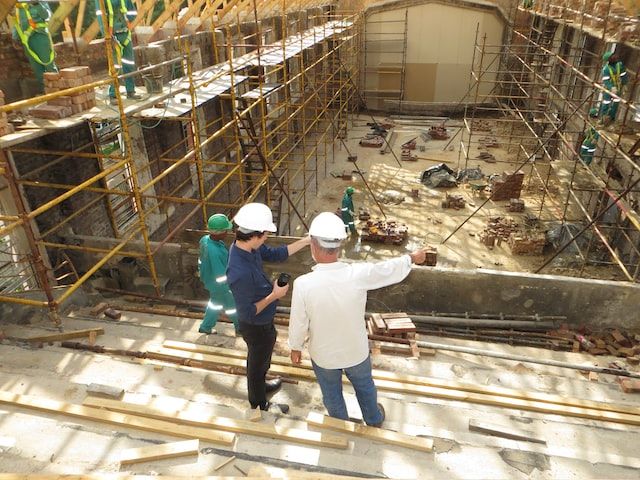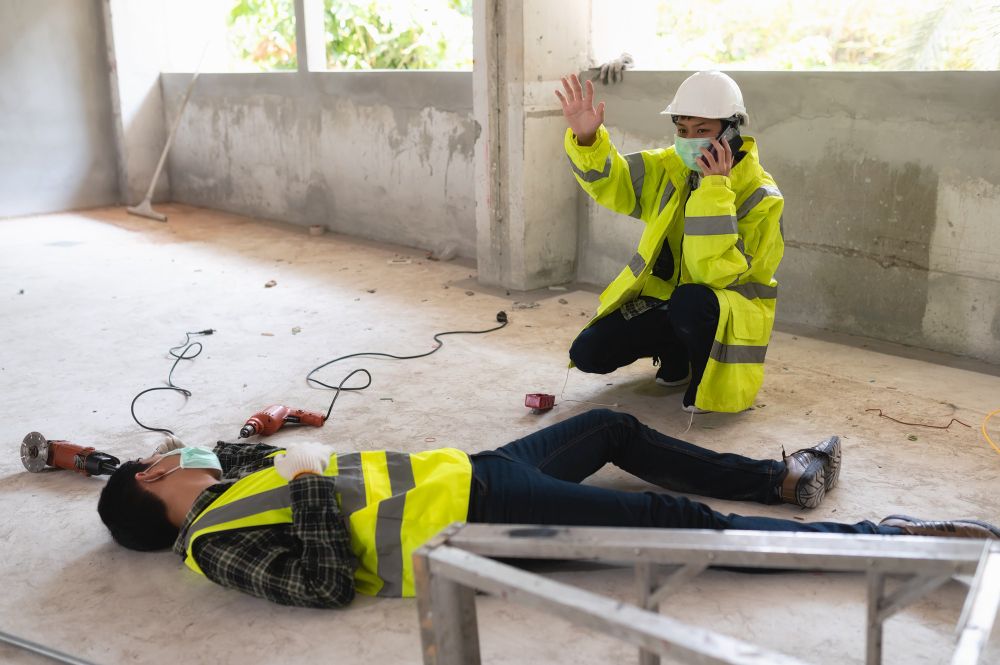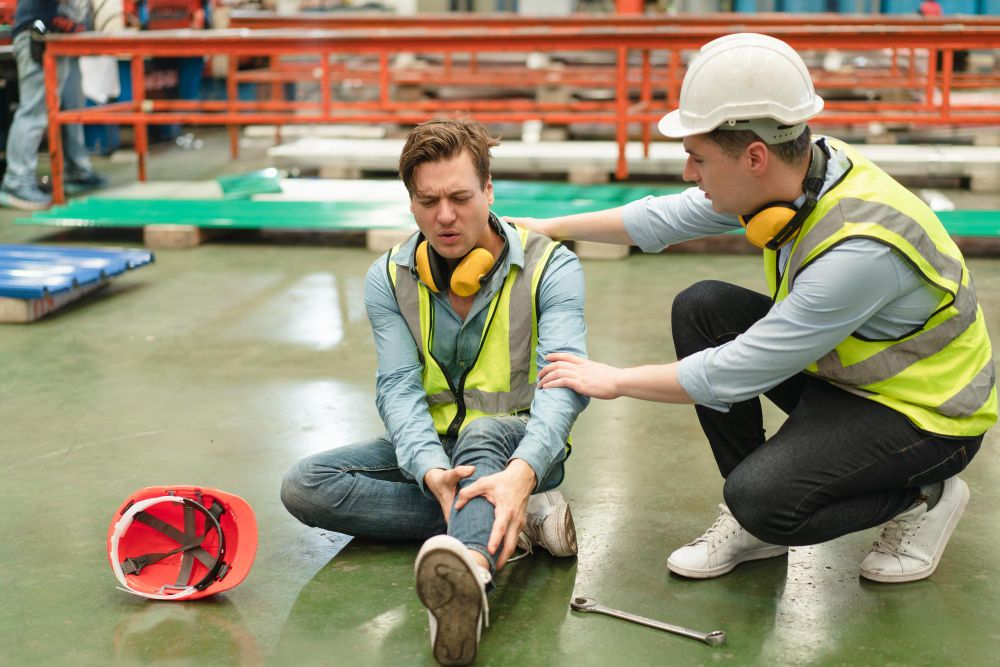According to the U.S. Bureau of Labor Statistics, there were over 174,000 nonfatal occupational injuries and illnesses in construction in 2020. Furthermore, research by Occupational Safety and Health Administration (OSHA) shows that about 20% of worker fatalities in the private industry happen in construction.
There are many factors that make working on a construction site a risky and often unsafe job. Working at heights, moving vehicles and objects, slippery surfaces, and construction equipment are some of the most common safety hazards. To make things worse, workers aren’t always adequately trained or aware of the risks.
However, if you or your loved one got injured working on a construction site, there are things you can do to secure the safety of the injured person as well as their legal rights. Without further ado, here’s what you can do.

1. Get Medical Treatment
Naturally, the first thing you need to do is seek medical treatment. If you can’t call 911, ask your coworker to do it for you because time is of the essence in these cases. Even if you think your injury is minor, you should see a doctor.
Oftentimes people underestimate the importance of a “minor” injury which can lead to something much more serious. Even the most common construction injuries, such as bumps and bruises, can result in a major injury.
A bump on the head can result in a concussion, while a bruised abdomen can be an early sign of internal bleeding. You don’t need to be a hero here and pretend you feel fine. Being responsible is way more important than trying to be invincible.
2. Report the Accident

Sadly, many accidents in construction go under the radar and aren’t reported. In some instances, the workers are not legal residents of the U.S., so they fear getting deported. Companies also tend to avoid this because they don’t want their reputation harmed – OSHA can follow up on these accidents, which can lead to a penalty.
But, there’s a good reason why you should report the accident. First and foremost, having a record of your accident will allow you to apply for workers’ compensation benefits, which we will discuss in the following sections.
It will also help you later in court because it will make your claim more valid, as it will contain a detailed description of what happened. At last, your employer also has some obligations according to the OSH Act. The most important one is to ensure these accidents don’t happen again to you or anyone else.
However, they won’t be able to do this if they don’t know about the accident in the first place. So, remember to fill out a written incident report as soon as possible while the details are still on your mind.
3. Obtain Evidence
Another important step is to gather all evidence that can support your potential claim. Depending on your situation, there could be different types of evidence:
- Witnesses. Most of the time, construction workers are surrounded by other people when they work. So, your coworker has probably seen what happened and could testify in court. We advise you to ask for contact information (if you don’t already have it). If they’re not willing to give it to you, don’t push the matter. Your lawyer will handle that.
- Photos. Take as many photos as you can. Document the location of the accident, your injuries, the equipment you’ve used, and any tools that may have been involved. Photos are especially important if your employer hasn’t provided you with safety equipment and hasn’t ensured the environment you work in is safe.
- Medical records. It’s imperative that you save all documentation from your doctor. Medical reports and records will contain additional information about your injury. This will not only allow you to prove the kind of injury you’ve sustained but also the pain you’ve been subjected to. Also, don’t forget to keep track of all your medical expenses so that you can be compensated for these expenses.
4. File a Workers’ Compensation Claim
Workers’ compensation benefits typically cover your medical expenses, lost wages, and partial or permanent disability. All employers are required to carry workers’ compensation insurance because this is how injury claims are paid.
The rules aren’t the same in all states, but this system generally allows you to get coverage without having to prove your employer or someone else has been negligent. All you need to prove is that you’ve been injured and that the injury occurred within the scope of your employment.
Of course, you’ll need to file a report of the accident with your employer first. As you can see, the workers’ compensation claim doesn’t allow you to pursue other damages, such as pain and suffering. But that’s something you can still do in court.
5. Contact an Experienced Lawyer

After you’ve recovered from your injuries, it’s time to find an experienced lawyer that can represent you before court. Filing and securing a strong personal injury claim takes knowledge and experience people typically don’t have. This is something a good lawyer will help you with.
If you’re not sure how to find the right lawyer, we advise you to google personal injury lawyers in your area and make a list of the lawyers you think are experienced enough to help you with your case. You should also read their bios and website and check the reviews.
Once you’ve narrowed it down, contact them and set a meeting where you can discuss the details. Don’t forget to bring all your documentation and other evidence, as that’s the only way they will be able to tell you if there are grounds for a lawsuit. Once you’ve found the right lawyer, it’s time to sign the contract and let them work on your behalf.
Final Thoughts
Suffering an injury working on a construction site can be traumatic, especially if the nature of the injury is serious and carries long-term consequences. But remember that you don’t have to do this alone.
That’s why hiring an experienced lawyer is a good idea – you can focus on the healing process while the lawyer can deal with the rest.

